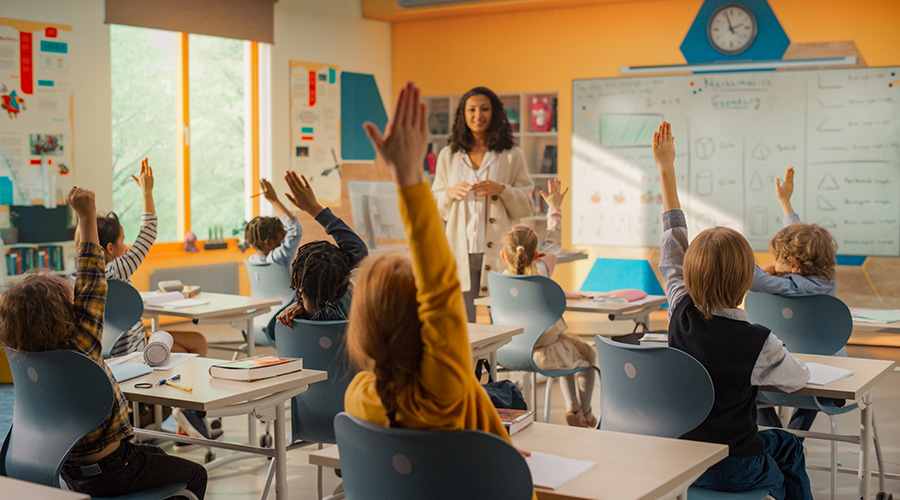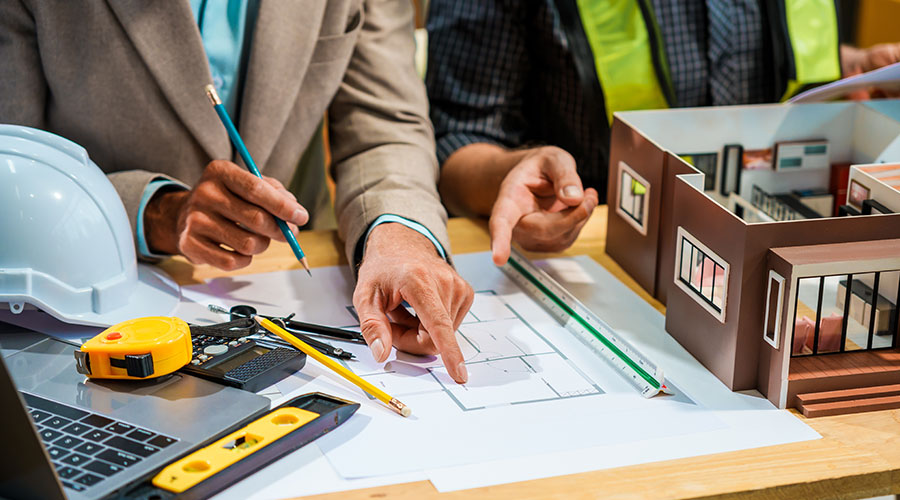Relationship-based Educational Design Turns Classrooms Into Instructional Tools
In educational facilities, focusing on relationship-based design helps turn classrooms into instructional tools.
Let’s sit in on a fourth grade social studies class. No more rows of desks facing an all-knowing teacher. Instead, some students discuss current events at a movable “kitchen table.” In the “living room” zone, other students study ancient Egyptian culture. In other areas, different activities are happening: students step on a “smart floor” to immerse themselves in their work, or research major figures in the American Revolution on wall-mounted monitors.
Students today have all the information at their fingertips, through a flurry of devices, applications, and social media platforms. The teacher no longer disseminates information; instead, he or she tells students how to use information.
How students analyze and use information informs their learning. It’s all happening so quickly. Teachers have to keep up, but so do the settings in which learning is happening. The “Ferris Bueller classroom” format — the teacher stands before the class and lectures — won’t do anymore. When students walk into the classroom today, they’re coming not only to learn, but also for the experience.
Relationship-based educational design (RED) recognizes that all learning is rooted in relationships, and that environment affects learning. It aims to equip students with the skills that they need in an increasingly competitive global marketplace. The RED classroom becomes an instructional tool that better supports educational tasks and helps teachers reach more students. RED also takes into account the unique role that facility managers play in the educational process.
Surrounded by the Story
Renowned child psychiatry expert James Comer says, “No significant learning occurs without a significant relationship.” The relationship between the mentor and the student underpins everything. Then there is the relationship between classroom lessons and what’s happening in the real world.
Now more than ever, students want their educational endeavors to apply to the real world. Schools have started to respond. Mundelein High School in Mundelein, Ill., organizes its course guide into career clusters. A student taking world studies, for instance, sees that it fits into the “law/public safety/corrections/security” career cluster. World studies takes on new meaning.
RED creates settings that mimic the real world, and therefore strengthen the student/teacher bond and support project-based learning. So the lab makes the student feel like a scientist. The art studio makes the student feel like an artist. In essence, the setting surrounds the student with the story.
Related Topics:













